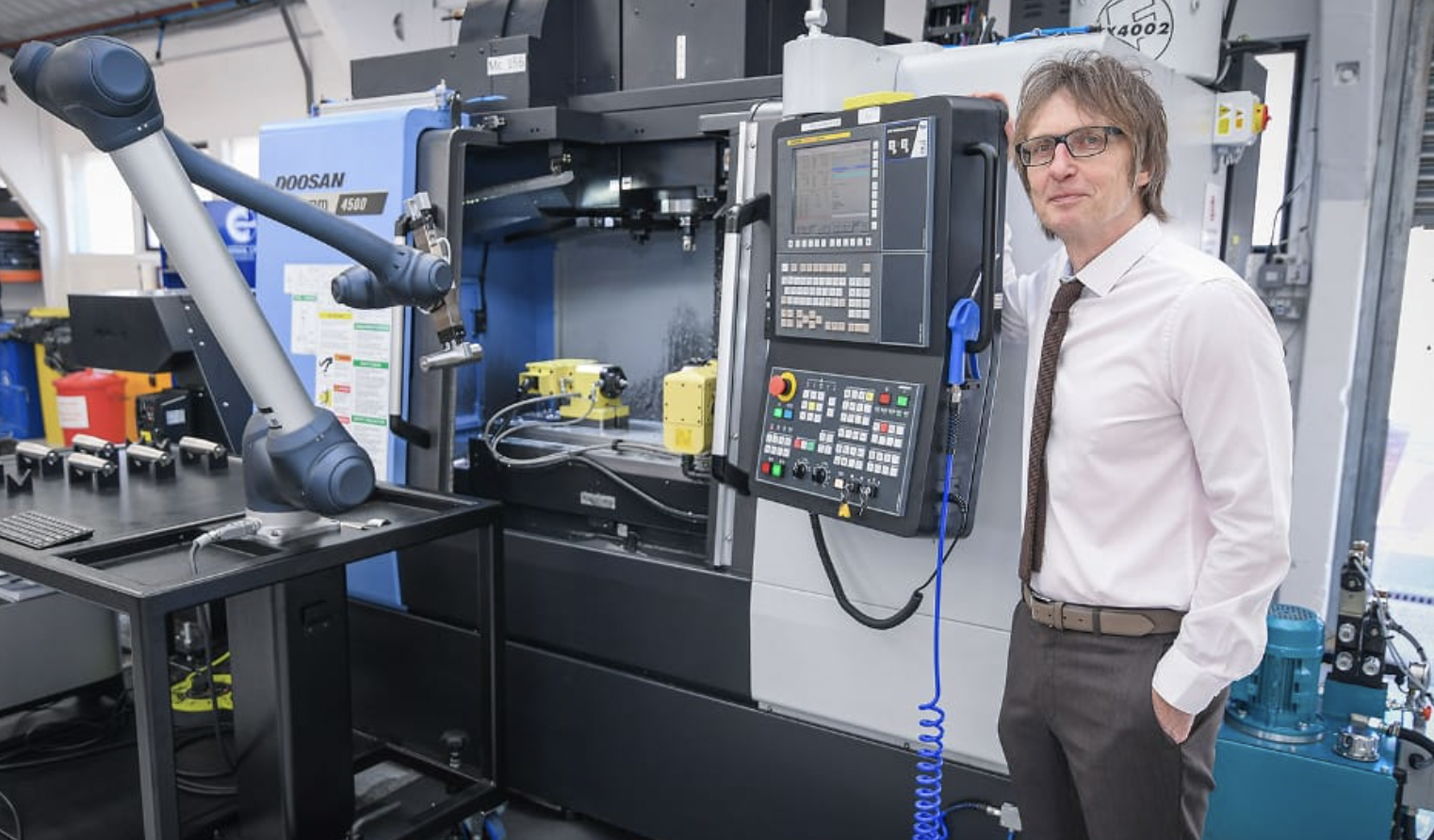
The firm from California discovered a new approach in the context of the LiDAR system.
The technological sector is ever-changing today. New discoveries take place almost every day. One of them is a LiDAR system. But it’s not a case of the former technology that was invented in the 1960s. The real progress in today’s technological world is a full LiDAR system with an innovative approach to robotics.
One enthusiastic group of researchers from Canada decided to solve all the challenging issues LiDAR technology has and transform digital 3D representation with the help of optical microelectromechanical (MEMS) practices. Mirrorcle Technologies invented the dual-axis object targeting that will come in handy for improvements in the robotic sector. The MEMS mirror technology of the 21st century is about enhanced robotic-driven applications and upgraded robotic processes with the help of the 1st full LiDAR system.
Table of Contents
What is SyMPL? Insights from the Company Mirrorcle Technologies CEO
Remote sensing with the help of the LiDAR systems was rather challenging because of the range of different problems. For example, former LiDAR systems are too large. It is complicated to transport them and initiate some far-away research.
Additionally, Veljko Milanovic, a CEO and founder of the Canadian company Mirrorcle Technologies, states that most of the systems for digital 3D representation are very sensitive to harsh weather and extreme environmental conditions. That is why the group of researchers from Canada aimed to transform large-size and weather-attackable LiDAR systems into some new technologies with improved 3D sensing.
This way the main characteristics of the SyMPL (MEMS mirror technology synchronized with pair LiDAR) are:
- Resistance to weather extremes, vibrations, hot, wet, dry, and cold climate.
- Reasonable size and sufficiency of the system for most of the robotic applications.
- Affordable price for the MEMS mirror technology with LiDAR synchronization.
The Technological Background of the Canadian 3D Sensing System SyMPL
The notable feature of the MEMS mirror technology synchronized with LiDAR one is the use of low-power lasers for the development of the innovative 3D representation system. Canadian developers decided to base the SyMPL on the concepts of the laser and optic research done by the Richmond team of experts.
This way the enhanced prototype appeared with the happy blend of several technologies for compensation of weak spots LiDAR systems is known for. Some specialists in the optic market niche have already called the SyMPL invention the “remarkable genesis”. It goes without saying that laser tracking is undertaken faster and with minimum sensing errors.
Some more facts about the new LiDAR system based on the optical microelectromechanical technology developed by the Canadian company are presented by the CEO of the firm. Here is a set of insights provided by Milanovic first-hand:
“The exclusive 3D sensing solution we have introduced for the optic market is notable for its enhanced performance in comparison with previous LiDAR systems and MEM projects. The notable feature of SyMPL is its distance resolution that is only 0.4 inches. The cloud visualization is also improved while the laser range is about 100 feet. But the most hot-topic feature to take into consideration is the robotics focus.”
SyMPL Meets the Requirements of Robotics Apps
All the present-day MEM projects and former LiDAR-based systems were not applicable for robotics apps because they do not meet the technical demands of the robotic-driven software. In comparison with other laser 3D representation units, SyMPL demonstrates absolute compatibility with today’s robotics applications.
The main idea is to switch from the traditional camera representation that is used in the robotics industry to laser-based solutions. The camera vision technology backs down in the context of the optical microelectromechanical (MEMS) one. That is why the Mirrorcle firm aimed to create a low-complexity LiDAR system that will become a budget-friendly solution for market players – representatives of different industries like:
- the automotive sector;
- plants and factories;
- another one where robotics is widely used.
This way the SyMPL release became a long-awaited event for many manufacturers that are interested in 100% accurate laser 3D representation. The latest MEM mirror system is a well-priced solution that improves robotics performance and cuts industrial costs. The Canadian company Mirrorcle is planning to produce SyMPL together with other MEMS mirror projects based on the electrostatic actuator-driven solution and technology.